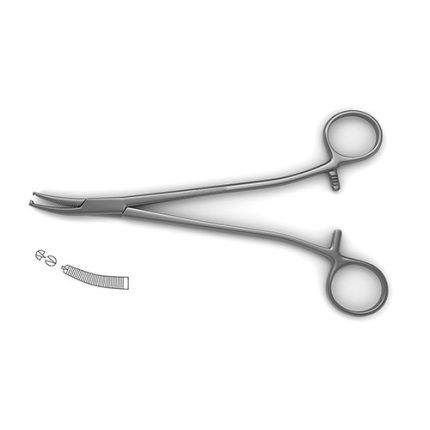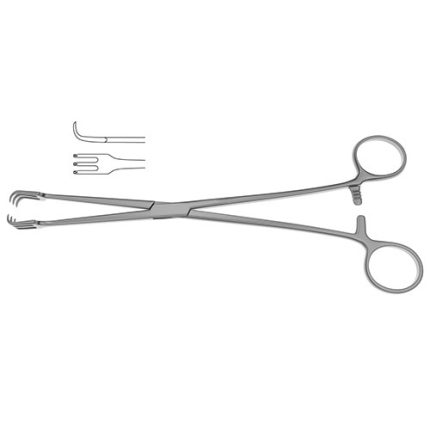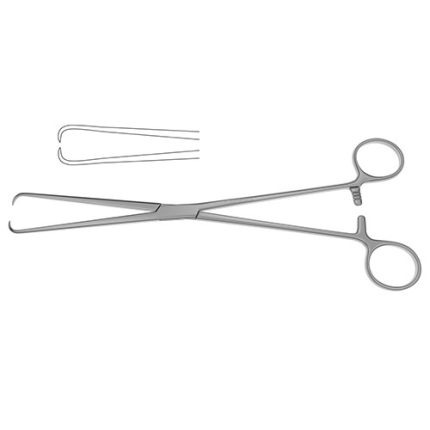| Name | Corey (Collin) Ovum Forceps |
| Lead Time | 0-3 days |
| Specialty | Obstetrics & Gynecology-Forceps – Ovum & Placenta |
| Material Finish | Stainless Steel |
| Grade | Premium Operating Room |
| Units of Measurement | Each |
| Manufacturer | Lexis Industry |
| Sterility | Non-Sterile |
| Usage | Reusable |
Corey (Collin) Ovum Forceps
9-1/2″ (24.0 cm)Corey (Collin) Ovum Forceps are commonly used in procedures involving the removal of placental or fetal tissue from the uterus. The forceps feature hollow oval jaws to grasp a large amount of tissue to be removed. Made of premium grade German stainless steel for durability and easy sterilization.
Description
Reviews (0)
Be the first to review “Corey (Collin) Ovum Forceps” Cancel reply
Shipping & Delivery
Related products
Heaney-Ballentine Hysterectomy Forceps
jaws w/ longitudinal serrations Heaney-Ballentine Hysterectomy Forceps are used in hysterectomy procedures to clamp off the tough ligament on both sides of the uterus. The forceps feature unique longitudinal serrations to grasp the ligament. Available straight or curved with single or double groove in various lengths to accommodate a wide range of cases.
Clark Forceps
Faure Peritoneal Clamp Forceps
slight curve, 8-1/4" (21.0 cm) Faure Peritoneal Clamp Forceps are commonly used to remove the peritoneum tissue from the pelvic cavity for gynecological procedures. The ring handles feature a locking mechanism to hold the forceps in position. The slightly curved serrated blades keep a firm grip on the peritoneal tissue during the procedure.
Demartel Scalp/Flap Grasping Forceps
5-1/2" (14.0 cm) Demartel Scalp/Flap Grasping Forceps are commonly used to aid in the delivery of a newborn by grasping scalp of the child with the smooth, flattened blades of the forceps. The blades feature diagonal grooves and two teeth to firmly grasp the scalp. The ring handles allow the obstetrician to comfortably and easily perform the procedure.
Barton Obstetrical Forceps
14" (35.5 cm) Barton Obstetrical Forceps are commonly used to aid in the delivery process when the fetal head is in the high transverse position, commonly seen during a cesarean delivery. The forceps feature a fixed posterior cephalic blade and a hinged anterior blade to firmly grasp the fetal head once locked. The blades are fenestrated to allow palpation by the surgeon and to provide minimal discomfort to the child's head.












Reviews
There are no reviews yet.